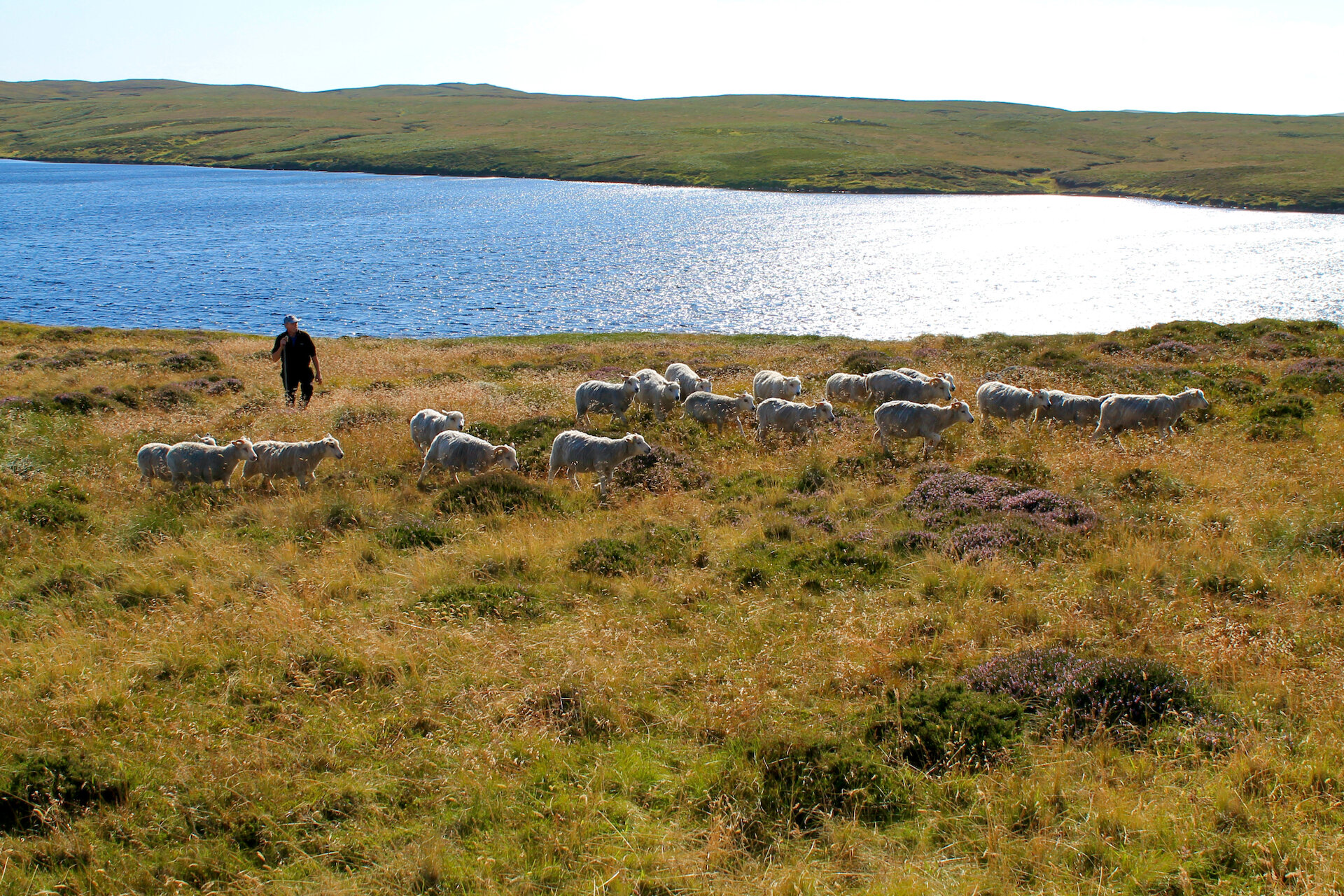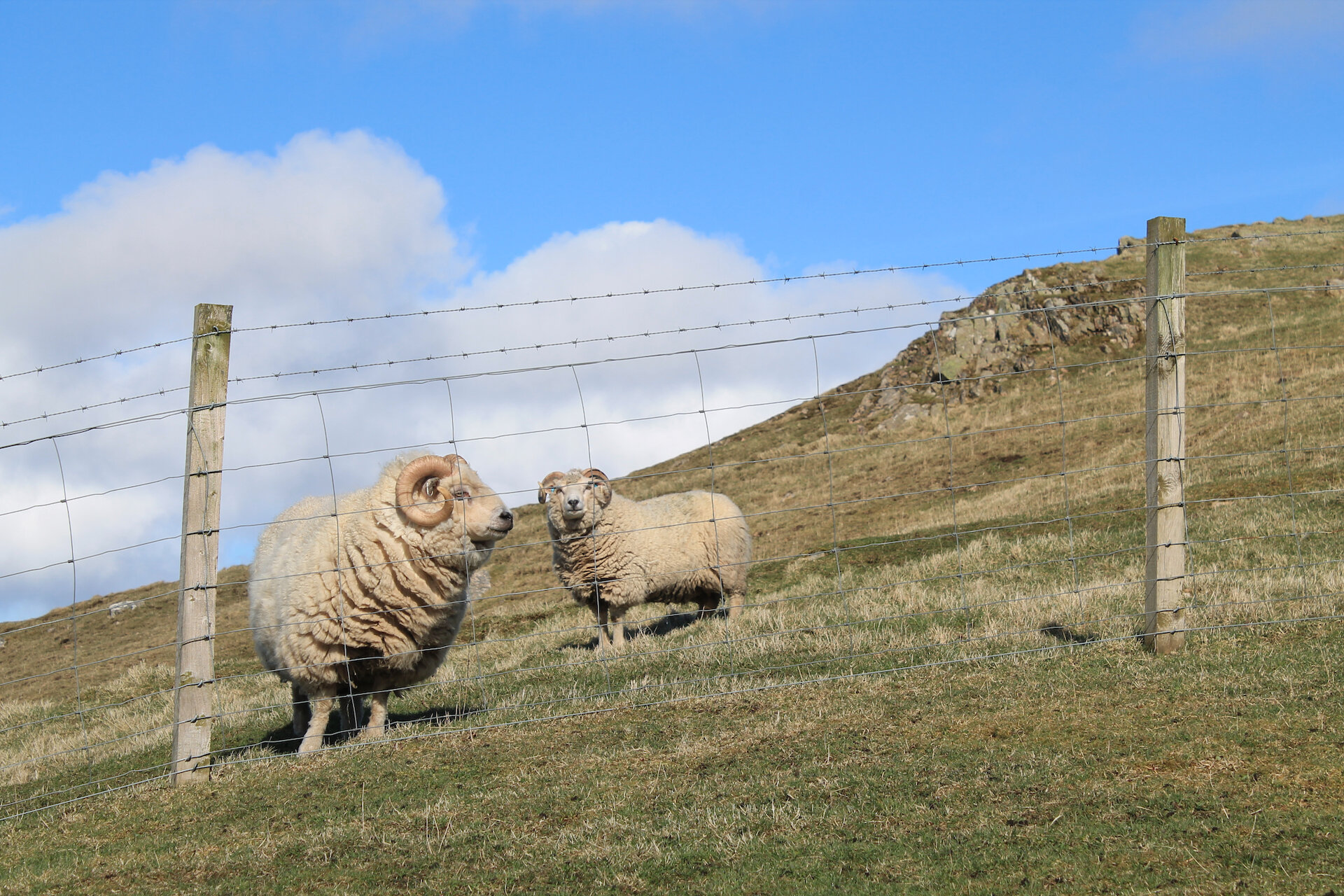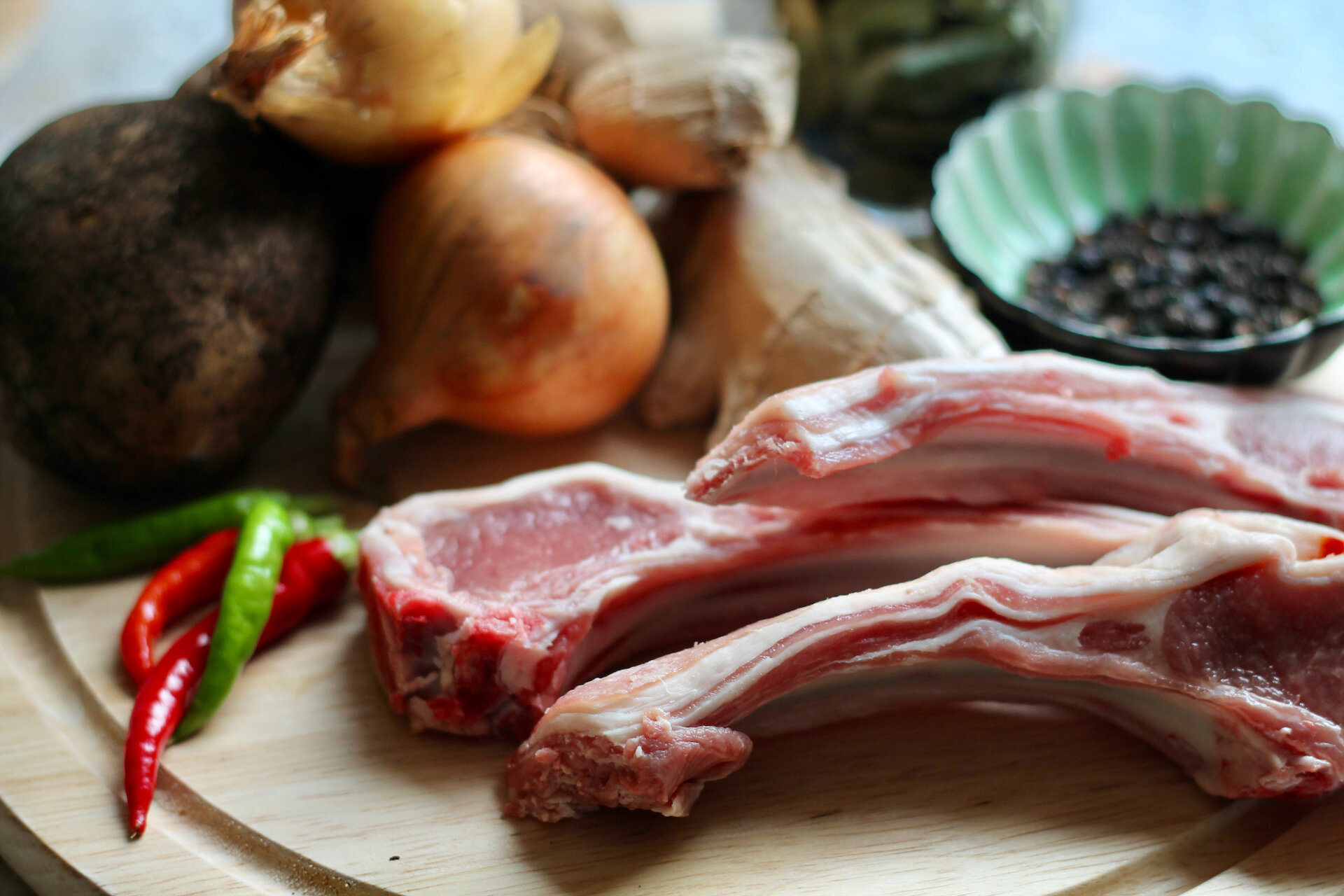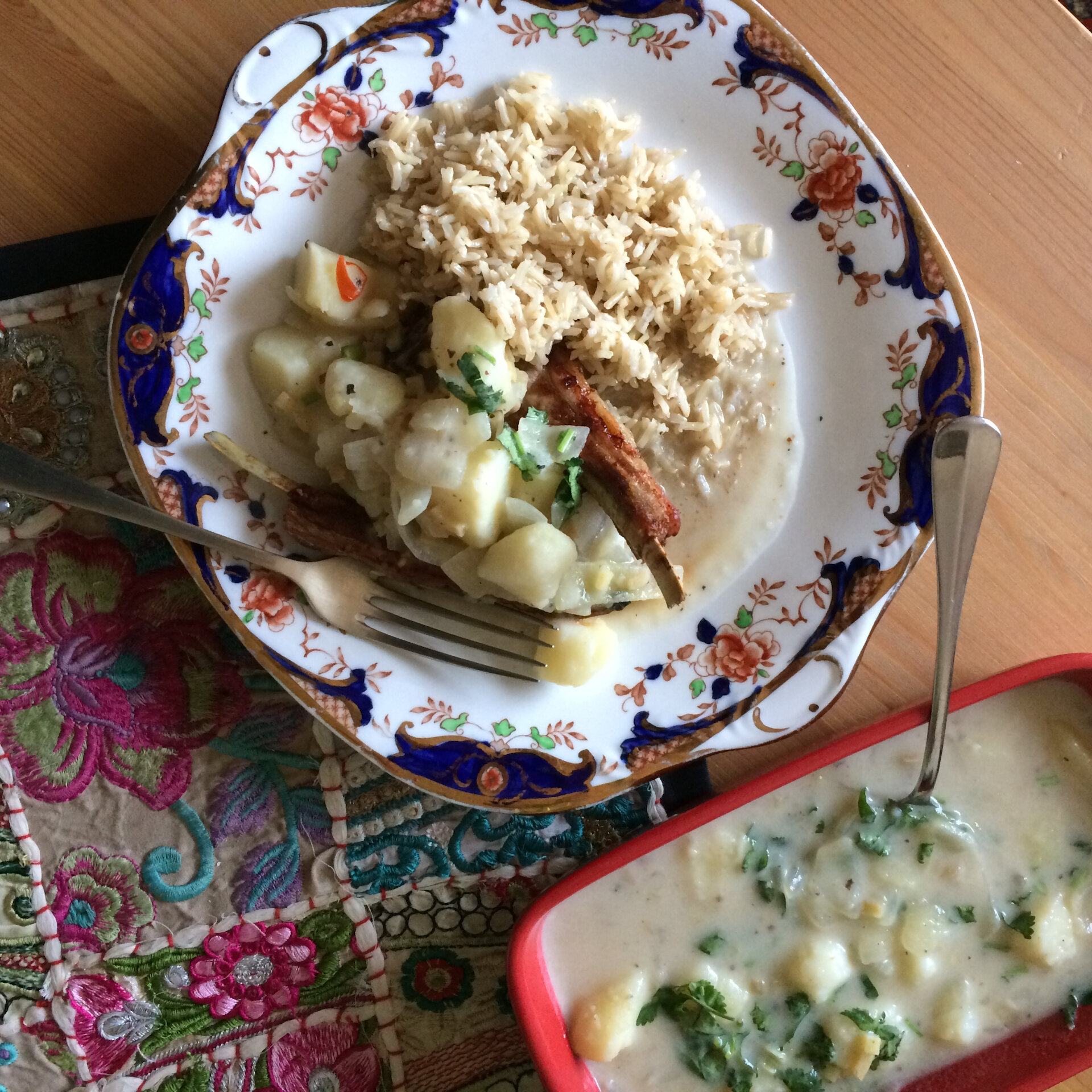If you’re not lucky enough to be here at the right time to sample Shetland lamb, you can still sample a delicious Shetland roast at other times of the year. You should ask your butcher to dress a cut of Shetland hogget or mutton for you. Hogget is the term for an animal old enough to have cut its second teeth and, to my mind, it has a much better depth of flavour than lamb. A slightly older animal, it will have had longer to graze on heather or forage for kelp along the shoreline, both of which give Shetland reared sheep a distinctive flavour, as well as outstanding texture and marbling.
If your teeth are watering and you’re looking for a real winter warmer give this recipe for lamb ishtu a whirl. The original recipe comes from Kerala in southern India, and it can be made with or without the lamb. Packed with fresh ginger, chilli and black pepper, it might even help you fend off any winter feeries too! It’s deceptively easy to make and great if you’re having guests for dinner but are running short on time.
The first time I had it, it was served with light fluffy appam, which is something like a very fine, light, crumpet-style bread. Unfortunately, making appam requires a special pan and a great deal of practice! If that sounds too much work, some freshly steamed basmati rice or a good plain Naan will work perfectly.




